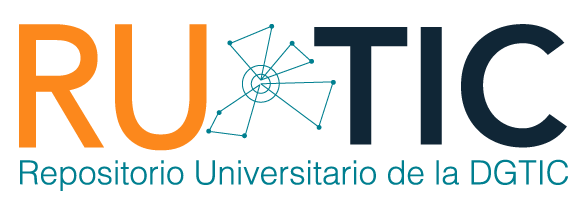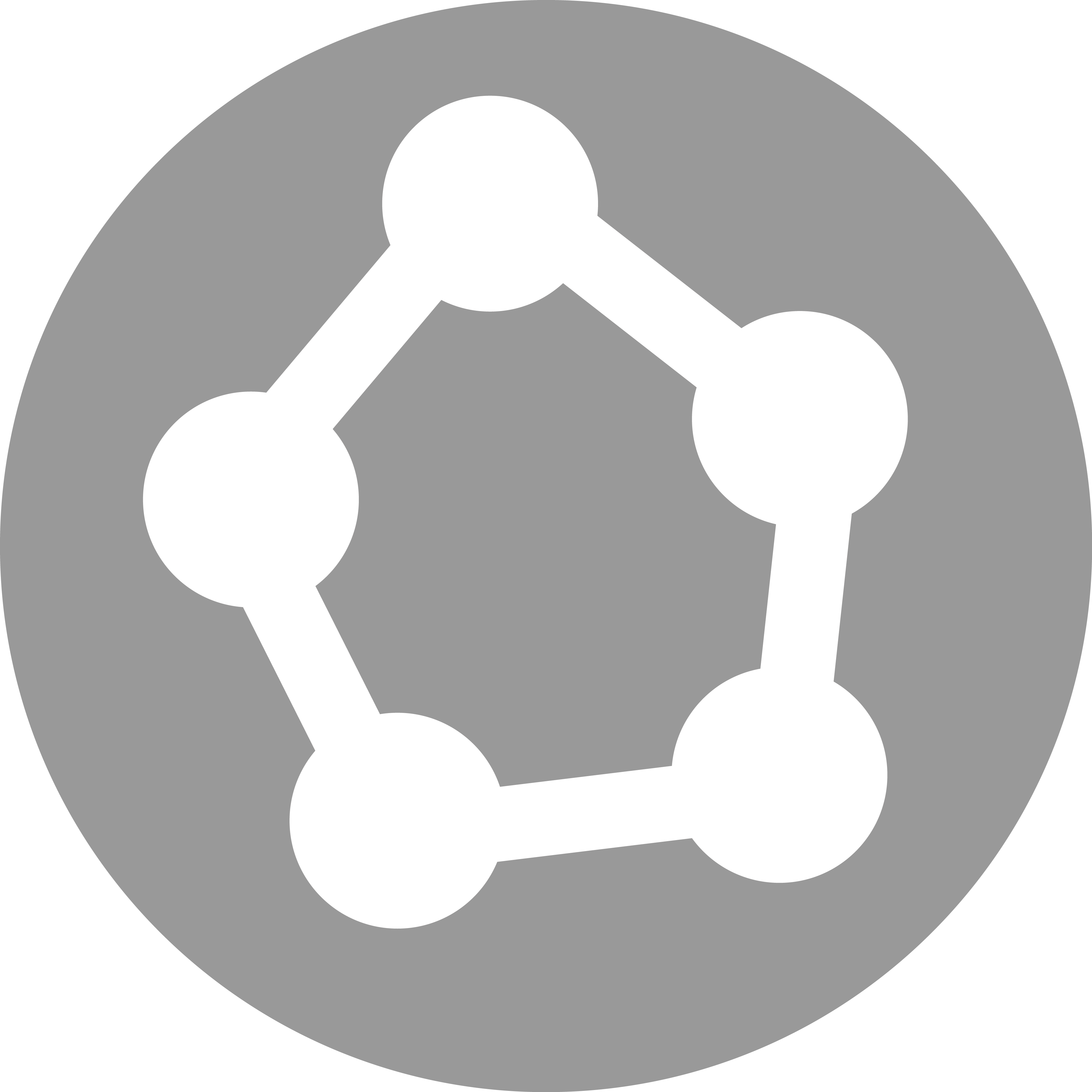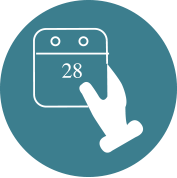| dc.coverage.spatial | MX | |
| dc.date.accessioned | 2018-06-28T05:32:58Z | |
| dc.date.available | 2018-06-28T05:32:58Z | |
| dc.date.issued | 2016-01-01 | |
| dc.identifier.uri | https://ru.tic.unam.mx/handle/123456789/2599 | |
| dc.description | Tema del mes | |
| dc.description.abstract | Hoy en día, existen diversas discusiones sobre la efectividad de los Massive Online Open Courses (MOOC); se esgrimen argumentos igualmente a favor como en contra. Algunos se centran en la llamada masividad, mientras que otros lo hacen en los modelos pedagógicos, los sistemas de gestión, hospedaje, conectividad, o bien, en las tarifas o en la gratuidad, el elitismo que esconden, la poca profundidad o la alta especialidad. No se puede negar que es imposible hablar de éxito pensando en todas las divergencias, sino en los aspectos que los MOOC nos han llevado a analizar en los nuevos retos educativos. El siguiente texto no pretende hacer una defensa ni un ataque a los MOOC, sino establecer un análisis a partir de la numeralia que los estudios especializados han arrojado desde 2012 a la fecha. Más allá de cualquier postura es necesario conocer en el mundo real cuál ha sido el progreso de esta forma de educación, cuál es la tendencia y cuáles las proyecciones para los siguientes años. Esto permitirá contar con elementos para valorar los pro y contra, así como las áreas que requieren una mayor reflexión. | es_MX |
| dc.description.abstract | Nowadays, there are various arguments about the effectiveness of the Massive Online Open Courses (MOOC); arguments that offered equally in favour and against. Some of these focus on the massive, while others do it in pedagogical models, systems management, hosting, connectivity, fees or gratuity, the elitism that they hide and the few profundity or high specialty. There is no denying that it is impossible to talk about success thinking all the differences, but the aspects that the MOOC have let us to analyze them in the new educational challenges. The following text is not intended to make a defense or an attack on the MOOC, but set a analysis from the statistics that the specialized studies have generate from 2012 to date. Apart from any position, it is necessary to know what has been the progress of this form of education in the real world, what the trend is and what are the projections for the next few years. All this will provide elements for assessing the benefits and disadvantages, as well as areas that require better reflection | en |
| dc.format | html | |
| dc.format | application/pdf | |
| dc.format.extent | 3.6 MB | |
| dc.format.extent | 1.43 MB | |
| dc.language | spa | |
| dc.publisher | Universidad Nacional Autónoma de México. Dirección General de Cómputo y de Tecnologías de Información y Comunicación. Revista Digital Universitaria | |
| dc.relation.isformatof | http://www.revista.unam.mx/vol.17/num1/art01/art01.pdf | |
| dc.relation.ispartof | Vol. 17, No. 1 | |
| dc.relation.ispartof | http://www.revista.unam.mx/index_ene16.html | |
| dc.rights | openAccess | |
| dc.source | Revista Digital Universitaria (1607 - 6079). Vol. 17, No. 1 (2016) | |
| dc.subject | Pedagogía | |
| dc.subject | Educación | |
| dc.title | Los MOOC en números: un análisis para comenzar la reflexión | es_MX |
| dc.title.alternative | MOOC in Numbers, an Analysis to begin Reflection | en |
| dc.type | article | en |
| dc.subject.keywords | MOOC, education, pedagogy | |
| dc.identifier.url | http://www.revista.unam.mx/vol.17/num1/art01/ | |
| dc.creator | ISMENE ITHAI BRAS RUIZ | |
| dc.rights.url | http://creativecommons.org/licenses/by-nc-sa/4.0 |
Files in this item
This item appears in the following Collection(s)
COMPARTE
BÚSQUEDA
Escriba el texto a buscar en DSpace
CONTACTO
El Repositorio Universitario de la DGTIC se edita en la Dirección General de Cómputo y
de Tecnologías de Información y Comunicación (DGTIC), de la Universidad Nacional Autónoma de México (UNAM)
Circuito Exterior s/n, Ciudad Universitaria, Coyoacán, C.P. 04510, México, D.F
Tel: +(52) (55) 56228166 Email: rutic@unam.mx









 ¿Qué es un repositorio...?
¿Qué es un repositorio...? ¿Qué beneficios obtengo...?
¿Qué beneficios obtengo...? ¿Qué tipo de recursos...?
¿Qué tipo de recursos...? Preguntas frecuentes
Preguntas frecuentes